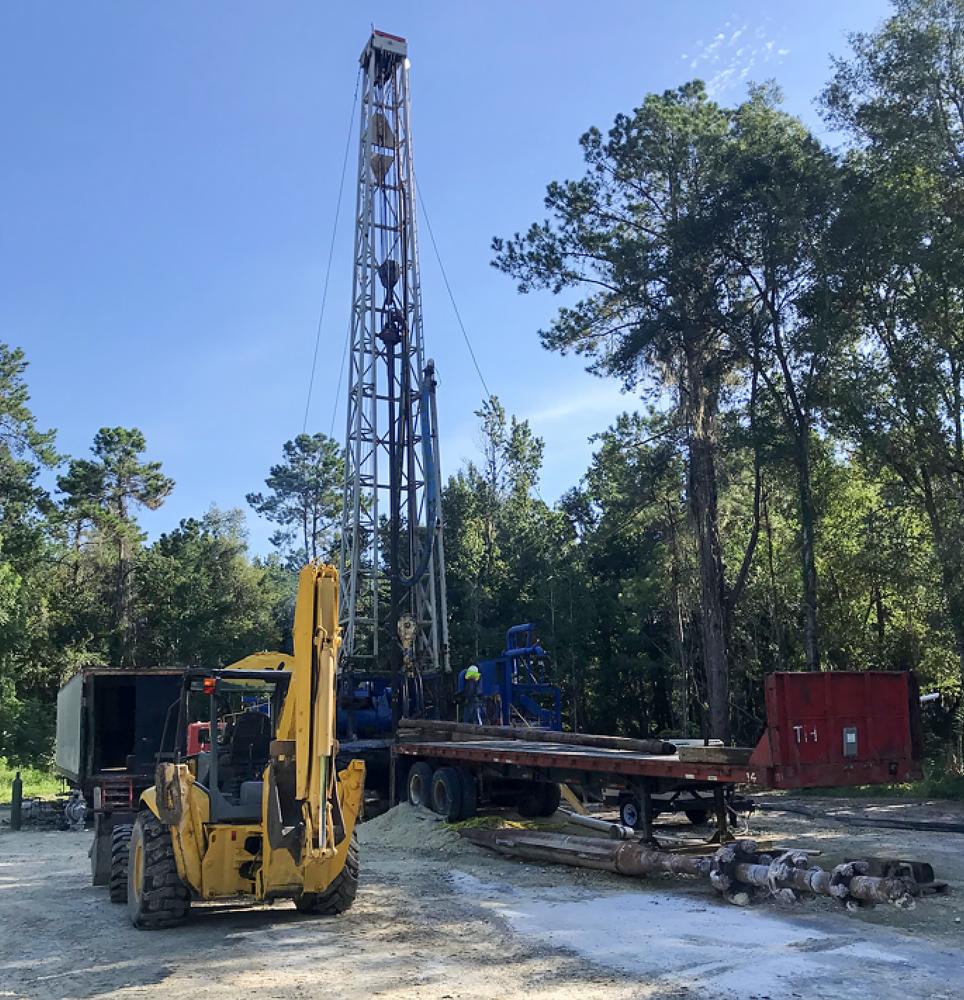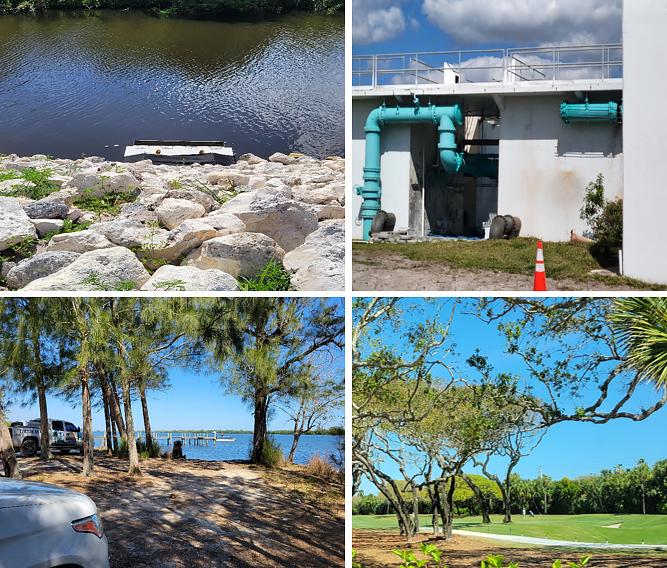Cost-share projects
(with partners)
The District collaborates extensively with the Florida Department of Environmental Protection (DEP), our local governments and private sector partners. Through joint efforts, we undertake projects aimed at enhancing the water resources crucial to our communities. The District solicits project applications on an annual basis. The project applications are reviewed, ranked and approved by the Governing Board. The approved lists are then submitted to DEP for funding consideration for alternative water supply, water conservation and projects that benefit springs within the District’s 18-county service area.
Since the 2013–2014 fiscal year, the District and DEP have jointly awarded over $315 million in cost-share funding toward projects with total construction costs of nearly $967 million. Through these projects, estimated benefits include nearly 141 million gallons per day (mgd) of alternative water supply developed, approximately 44 million gallons (MG) of alternative water storage capacity, 11 mgd of water conserved, over 1.3 million lbs/yr total nitrogen reduction; nearly 367,000 lbs/yr total phosphorus reduction, over 5,400 acres protected from flooding, 66 acres of uplands improved and over 21 acres of wetlands improved.
We are proud to partner with the communities throughout the District and the 419 projects that have been successfully completed since the inception of the program.
Ocala Lower Floridan Aquifer Conversion Phases 1–8
This project is included in the Silver Springs minimum flow and levels (MFL) Prevention Strategy. The estimated total construction cost of all phases is $72.6 million. The first four phases of the project are under contract, with a total anticipated District contribution of $18.2 million and a total DEP cost-share contribution of $1.8 million.
This is a multi-phase project that includes the construction of three Lower Floridan aquifer (LFA) production wells, storage facilities, and a water treatment plant. Upon completion, the project will generate 7.5 mgd of alternative water and will benefit natural systems by increasing flow at Silver Springs by an estimated 6.9 cubic feet per second (cfs).

Vero Beach Main Relief Canal Stormwater Treatment and Irrigation Project Phases 1 and 2
The estimated total construction cost of all phases is $10.8 million, with a total District cost-share contribution of $2.2 million and a total DEP cost-share contribution of $1.5 million.
This is a multi-phase project to construct an intake station to withdraw approximately 3 mgd of untreated water from the Vero Beach Main Relief Canal and transmit it to an existing filtration system at the city’s existing wastewater plant that currently discharges to the Indian River Lagoon (IRL). The project also involves the installation of a reclaimed water main to transmit the treated canal water for irrigation. The estimated alternative water supply benefit is 3 mgd. The project will also result in a reduction of approximately 5,820 lbs/yr of total nitrogen and 900 lbs/yr of total phosphorus being discharged to the IRL.

Wekiwa Springs Orange County Septic-to-Sewer Phases 1–4
The estimated total construction cost of all phases is $47.7 million, with a total District cost-share contribution of $8.8 million and a total DEP cost-share contribution of $4.3 million.
The project consists of up to 928 septic-to-sewer conversions involving the installation of sewer laterals, sewer connections, septic tank abandonment, sanitary sewer mains and lift stations in various neighborhoods within the Wekiwa Springs springshed. When all phases are complete, the estimated water quality benefit will be the reduction of 8,646 lbs/yr of total nitrogen being discharged to Wekiwa Springs.

JEA Demand-Side Management Water Conservation Program Phase 1
The estimated total program cost for phase 1 is $10.9 million, with a total DEP cost-share contribution of $3 million.
The project provides residential rebates for high-efficiency toilets, clothes washers, dishwashers and smart irrigation tools for homeowners and commercial incentives and rebates for implementing the Green Restaurant program, retrofitting ice machines and cooling tower cost-sharing. The estimated water conservation benefit is 1.5 mgd of water conserved. An application for a subsequent phase of the program was submitted to the fiscal year 2024–25 alternative water supply program.


